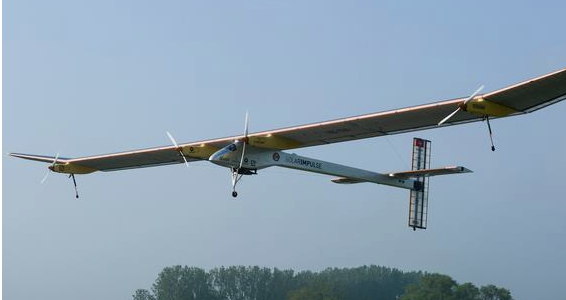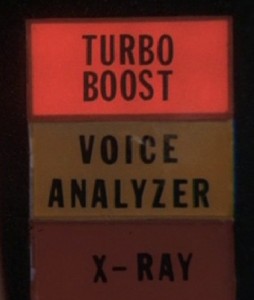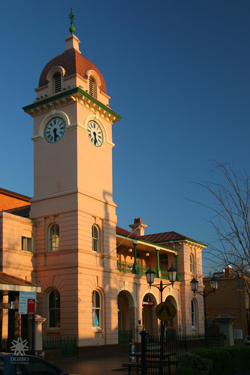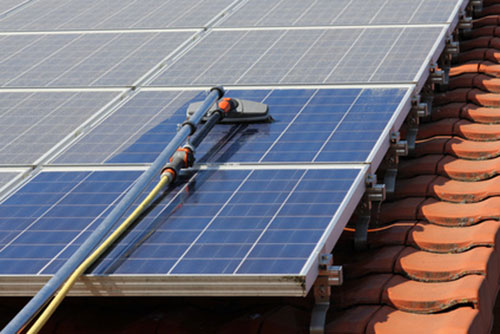Ever wondered how solar panels actually work? We all know that they convert light into electricity – but have you ever stopped to wonder just how the heck that happens? Here I do my best to explain the inner functioning of a solar panel in plain English:
UWS solar car takes up the challenge

Solar Impulse and the future of air travel
Peak oil has either hit us, or is likely to arrive any time soon depending on the report or opinion you read. The scarcity of this resource (and the undoubted price gouges that will accompany its dive down the supply curve) will force policymakers to completely rethink the way our economy’s energy needs are structured as the resource that has driven our lives since the Industrial Revolution rapidly dries out. So, solar energy innovation anyone? [Read more…]
Solar Panel Orientation: Is West the new North?
The following is a very common question that comes in to SQ HQ.
“My roofline is North/South, so my largest roof areas face either East or West. I have been told that North Facing is ideal, but I have a tiny North facing roof! Can I put some solar panels on the East or West Facing roof (or both) ?”
Short Answer: Stick some (perhaps all) on the West!
Longer Answer: In terms of the amount of power produced, facing your panels East will produce exactly the same amount of power as facing them West. In either case you’ll generally take a 10-15% power hit compared to having them facing the ideal direction (North).
So why do I say “probably West” as the short answer to the question?
Well, the reason I err on the West facing roof is because that part of your roof will get the sun later in the day. An East Facing solar array will generally produce its peak power at 10-11am. A West Facing array will produce its peak at closer to 2pm.
Most people use more energy later in the day. And most people want to use as much of their solar energy as possible, without exporting it. Why? Because at the time of writing most Feed In Tariffs give you less per kWh if you export the electricity than you pay for imported electricity. So most people will pay off their solar system quicker if they minimise exports.
Solar panel energy payback: What’s the truth?
 One of the myths that gets bandied about a lot is the idea that it takes more energy to create a solar panel: through mining, transport, manufacturing and distribution, than will ever be generated by that solar panel over its lifetime.
One of the myths that gets bandied about a lot is the idea that it takes more energy to create a solar panel: through mining, transport, manufacturing and distribution, than will ever be generated by that solar panel over its lifetime.
20 years ago that was a valid argument against solar power. However in 2012 that myth is pure BS. Hopefully this post can set the record straight.
Sydney University’s upconversion solar cell breakthrough
Some major news on a local technological breakthrough for solar cells this week folks. This, as always, gives your columnist the opportunity for some more shameless cheerleading on behalf of Australian solar watchers, in the increasing wasteland of government support for domestic solar systems.
(For help, see Finn’s latest article on how to future proof your PV system from perfidious state and federal governments.)
To begin with the Mexican wave (or Sydney University wave to be more precise) part of the article. An April 18 press release from the university has stated that Associate Professor Tim Schmidt, from the university’s School of Chemistry, has partnered with colleagues from the [Read more…]
Dubbo: Solar Power Capital of Australia!
Well done Dubbo solar power installers!
If you read the mainstream press in Australia, you’d think the towns and suburbs with the biggest average take up of solar panels would be the well-to-do inner city suburbs of our major cities. Perhaps Vaucluse, Toorak or the leafy eastern suburbs of Adelaide?
Obviously they’d be more likely where wealth is concentrated right?
Wrong (as you may have guessed by the headline!). In a sign that solar energy is becoming more accessible to mainstream Aussie folk, a recent survey by the Clean Energy Council (CEC) found the central-west NSW city of Dubbo to have the highest average percentage of houses with solar panels.
Q-Cells file for bankruptcy but are saved by Korean Hanwha Solar
The German press has just announced that one of my favourite solar companies plans to file for insolvency tomorrow (April 4th).
Why Your 5kW Solar System Output Is Lower Than You Expected
Is your new solar system producing the power output it should?
A very common question I get from people who have just got a new solar power system is: “Now the solar panels are on my roof, how do I know what the solar system output should be?”.
The solar power system owners are usually a bit concerned because they have bought, for example, a 5kW system but their inverter is telling them that they only got 4kW of peak power yesterday! Where’s the missing 1kW? Most people expect a 5kW solar system output!






 RSS - Posts
RSS - Posts



Currently Raging Debates: